Home>Interior Design>What Are Acoustic Panels
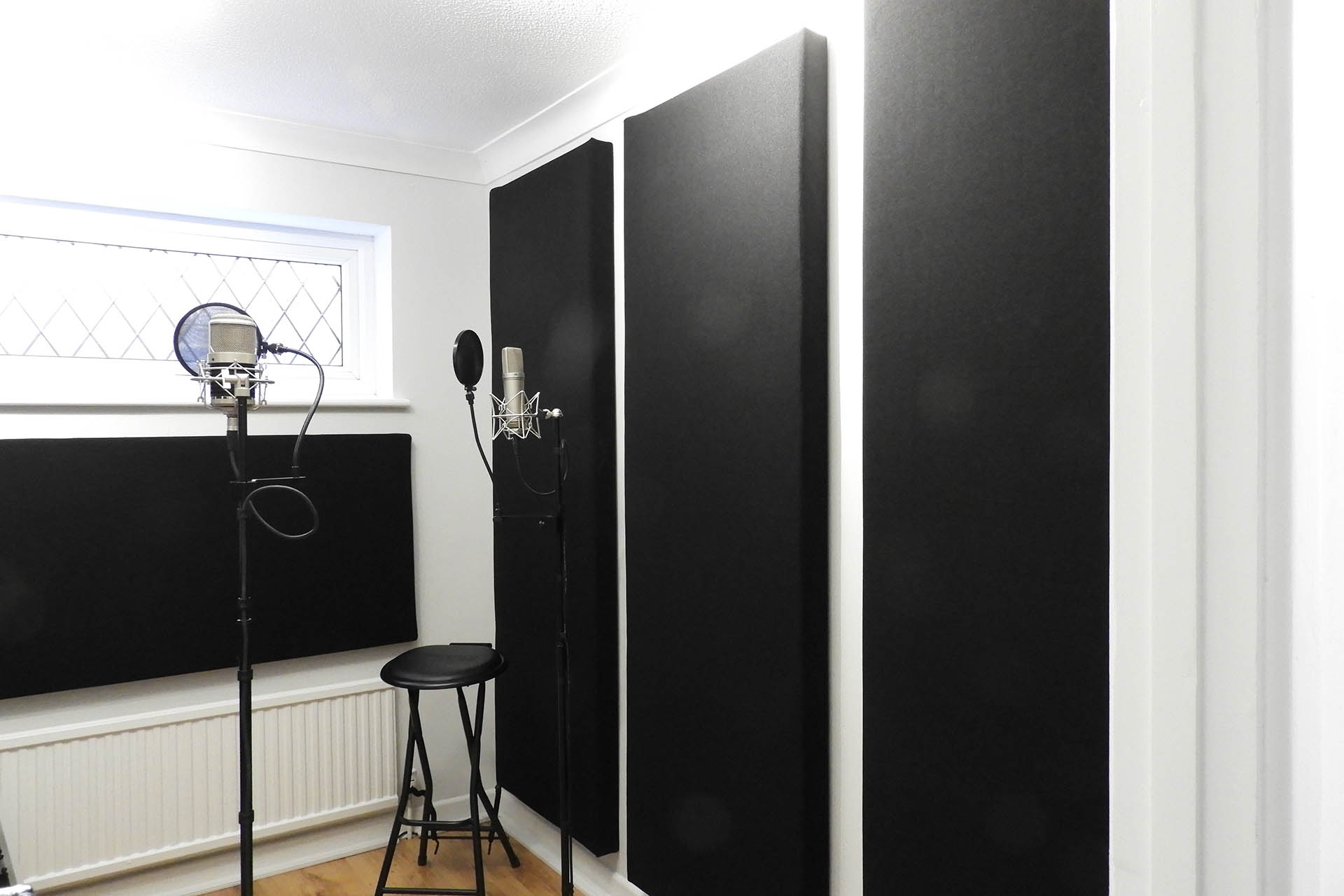

Interior Design
What Are Acoustic Panels
Modified: March 16, 2024
Discover how acoustic panels can enhance your interior design and create a more harmonious space. Learn about their benefits and installation process.
(Many of the links in this article redirect to a specific reviewed product. Your purchase of these products through affiliate links helps to generate commission for Storables.com, at no extra cost. Learn more)
Introduction
Welcome to the world of interior design, where every element is carefully curated to create a harmonious and visually pleasing space. One crucial aspect of design that is often overlooked is the impact of sound. Noise pollution can significantly disrupt the tranquility and aesthetics of any environment, whether it’s a bustling office, a cozy living room, or a high-end restaurant.
This is where acoustic panels come into play. Acoustic panels are specially designed to absorb and reduce unwanted sound reflections, echoes, and reverberations in a room. They are a practical and effective solution for improving the acoustic quality of any space, enhancing the overall experience for both occupants and visitors.
In this article, we will explore the world of acoustic panels, their types, benefits, installation, and maintenance. Whether you are an interior design enthusiast, a business owner, or simply someone looking to improve the sound quality in your home, this article will provide you with all the information you need to make informed decisions about incorporating acoustic panels into your design strategy.
Key Takeaways:
- Acoustic panels improve sound quality by reducing echoes and controlling noise in spaces like offices, homes, and restaurants. They come in different types and offer aesthetic benefits while enhancing the overall ambiance.
- Acoustic panels are not just for music studios and are not soundproof, but they do provide privacy, enhance speech clarity, and contribute to a healthier environment. They are versatile, customizable, and easy to maintain.
Read more: How To Build Acoustic Panels
Definition of Acoustic Panels
Acoustic panels, also known as sound-absorbing panels or sound panels, are specialized elements used to control sound within a space. They are typically made from materials that have high sound-absorbing properties, such as foam, fabric, or wood. These materials are designed to absorb sound waves, reducing or eliminating unwanted echoes, reverberations, and background noise.
Acoustic panels are available in various sizes, shapes, and designs, allowing for customization to suit the aesthetic and functional requirements of different spaces. They can be wall-mounted, suspended from the ceiling, or even designed as freestanding room dividers.
These panels work on the principle of sound absorption. When sound waves hit the surface of an acoustic panel, they are partially absorbed by the panel’s material. This absorption transforms sound energy into negligible heat energy, reducing the reverberation time and preventing sound reflections from bouncing off the surrounding surfaces.
Acoustic panels effectively control sound frequencies across a broad range, including low, mid, and high frequencies. They are commonly used in spaces such as recording studios, home theaters, conference rooms, classrooms, restaurants, and open-plan offices, where excessive reverberation and echo can have a negative impact on speech intelligibility, concentration, and overall comfort.
It is important to note that acoustic panels are not soundproofing solutions. While they can significantly improve the sound quality within a room, they do not completely block or isolate sound from entering or leaving the space. If soundproofing is the primary concern, additional measures such as soundproofing insulation, double-glazed windows, or acoustic doors may be necessary.
Types of Acoustic Panels
Acoustic panels come in a variety of types, each with its own unique features and benefits. Understanding the different types can help you choose the right acoustic panel for your specific needs.
- Foam Panels: Foam panels are one of the most common types of acoustic panels. They are made from specialized acoustic foams that have excellent sound-absorbing properties. These panels are lightweight, easy to install, and come in various thicknesses and densities. Foam panels are effective in reducing high-frequency sounds and are commonly used in recording studios, home theaters, and offices.
- Fabric-Wrapped Panels: Fabric-wrapped panels are acoustic panels that have a wooden or fiberglass core, which is then covered by a fabric material. These panels provide a more aesthetically pleasing option, as they can be customized with different fabric colors and patterns to blend seamlessly with the room’s decor. They are ideal for spaces such as restaurants, conference rooms, and auditoriums where both sound absorption and visual appeal are important.
- Diffuser Panels: Diffuser panels, also known as sound diffusers, are designed to disperse sound waves in different directions, rather than absorbing them. They break up and scatter sound reflections, reducing the negative effects of excessive echoes and maintaining a balanced acoustic environment. Diffuser panels are commonly used in music studios, concert halls, and home theaters to enhance sound clarity and create a more immersive listening experience.
- Bass Traps: Bass traps are specialized acoustic panels designed to control low-frequency sound waves. These panels are typically thicker and denser than regular panels and are placed in room corners, where low-frequency sound tends to accumulate. Bass traps help eliminate the “boomy” or “muddy” sound caused by excessive bass buildup, creating a more balanced and controlled acoustic environment.
- Decorative Panels: Decorative panels offer a combination of sound absorption and visual appeal. They are designed to enhance the aesthetics of a space while reducing unwanted noise. Decorative panels can be customized with various patterns, prints, and even artwork to transform them into functional art pieces. These panels are often used in residential spaces, such as living rooms, bedrooms, and home offices, where style and functionality are equally important.
It’s important to consider the specific requirements of your space when choosing the type of acoustic panel. Factors such as room size, desired sound quality, aesthetic preferences, and budget will play a role in determining the most suitable option for your needs.
Benefits of Acoustic Panels
Acoustic panels offer numerous benefits for both residential and commercial spaces. Let’s explore some of the key advantages of incorporating acoustic panels into your design:
- Improved Sound Quality: The primary benefit of acoustic panels is their ability to improve the overall sound quality of a space. By reducing echoes, reverberations, and background noise, acoustic panels create a more balanced and pleasant acoustic environment. This is especially important in spaces where clear speech intelligibility, music performance, or audio recording is crucial.
- Enhanced Speech Clarity: In environments such as conference rooms, classrooms, and offices, clear communication is essential. Acoustic panels help minimize the negative effects of sound reflections, ensuring that speech remains intelligible and easy to understand. This can lead to increased productivity, better concentration, and improved overall communication.
- Noise Reduction: Excessive noise can be a major source of stress and distraction. Acoustic panels absorb unwanted noise, reducing the overall sound level in a room. This can create a more peaceful and comfortable environment, allowing occupants to focus, relax, or engage in activities without being disturbed by external noises.
- Privacy: Acoustic panels can enhance privacy by reducing the transmission of sound between different areas or rooms. In open-plan offices or multi-purpose spaces, acoustic panels can help create a sense of privacy and minimize disturbances from neighboring areas.
- Aesthetics and Design Flexibility: Acoustic panels come in a wide range of designs, colors, and finishes, allowing for seamless integration into any design concept. They can be customized to complement the existing decor or make a bold statement. Acoustic panels not only improve the sound quality but also enhance the overall visual appeal of a space.
- Health and Well-being: Excessive noise can have a detrimental effect on our health, including stress, fatigue, and reduced productivity. Acoustic panels help create a healthier environment by reducing noise-related stress and supporting overall well-being. They contribute to a more peaceful and comfortable space, promoting relaxation, focus, and improved mental health.
- Sustainability: Many acoustic panels are made from eco-friendly materials that are recyclable and low in volatile organic compounds (VOCs). By choosing acoustic panels that are sustainably produced, you can minimize your environmental impact while enjoying the benefits of improved sound quality.
By incorporating acoustic panels into your space, you can create a more comfortable, productive, and aesthetically pleasing environment that enhances the overall experience for occupants and visitors.
How Acoustic Panels Work
Acoustic panels work by utilizing the principles of sound absorption to control and improve the acoustic properties of a room. When sound waves travel through the air, they can bounce off hard surfaces, such as walls, floors, and ceilings, leading to echoes, reverberations, and an overall poor acoustic environment. Acoustic panels are designed to absorb these sound waves, reducing their reflection and improving sound quality.
Sound absorption is achieved through the materials and construction of the acoustic panels. These panels are typically made from materials that have high sound-absorbing properties, such as acoustic foams, fiberglass, or recycled cotton fibers. The panels are designed with specific thicknesses, densities, and surface designs to optimize sound absorption across a range of frequencies.
When sound waves encounter an acoustic panel, a portion of the energy is absorbed by the panel’s material. This absorption converts the sound energy into low-level heat energy, reducing the intensity of the sound waves. The absorbed sound energy is not reflected back into the room, resulting in a reduction in echoes, reverberations, and overall noise level.
The efficiency of an acoustic panel in absorbing sound waves is measured by its Noise Reduction Coefficient (NRC). The NRC rating ranges from 0 to 1, where a higher value indicates a higher level of sound absorption. Acoustic panels with higher NRC ratings are more effective in reducing sound reflections and improving sound clarity.
The placement and distribution of acoustic panels in a room are also important factors in their effectiveness. Strategic placement of panels on walls, ceilings, or as freestanding dividers helps prevent sound waves from bouncing off multiple surfaces and reduces the build-up of sound reflections. By covering a significant portion of the room’s surfaces with acoustic panels, a more balanced and controlled acoustic environment can be achieved.
It is important to note that the effectiveness of acoustic panels in a specific space will depend on various factors, including room size, shape, furnishings, and the type of sound sources present. For optimal results, it is advisable to consult with an acoustic professional or designer who can assess the specific acoustic needs of your space and provide tailored recommendations.
By utilizing the principles of sound absorption, acoustic panels offer an effective solution to control sound reflections and create a more acoustically balanced and enjoyable environment.
Acoustic panels are used to absorb sound and reduce echo in a room. They are commonly made of foam or fabric and can be placed on walls or ceilings to improve the acoustics of a space.
Read more: What Fabric Is Suitable For Acoustic Panels
Factors to Consider Before Installing Acoustic Panels
Before installing acoustic panels in your space, there are several important factors to consider to ensure that you achieve the desired sound quality and aesthetic outcome. Let’s explore these factors:
- Acoustic Needs: Assess the specific acoustic needs of your space. Determine whether you primarily need to reduce echoes and reverberations, control specific frequencies, or improve speech intelligibility. Understanding your acoustic requirements will help you select the appropriate type and quantity of acoustic panels.
- Room Size and Shape: Consider the size and shape of the room. Larger rooms with high ceilings may require more acoustic panels to achieve the desired sound quality. Irregularly shaped rooms with multiple surfaces may also require strategic panel placement to effectively address sound reflections.
- Function of the Space: Consider the function of the space when selecting acoustic panels. Different spaces have different acoustic requirements. For example, recording studios may require panels with a higher sound absorption coefficient, while restaurants may prioritize panels that provide a balance between sound absorption and aesthetics.
- Aesthetic Preferences: Take into account the aesthetic preferences of the space. Acoustic panels come in various designs, colors, and finishes. Choose panels that complement or enhance the existing decor, or select panels that can be customized to match your desired aesthetic vision.
- Budget: Determine your budget for acoustic panels. Prices can vary depending on the type, size, and quality of the panels. Consider your budget constraints and prioritize which aspects of sound control and aesthetics are most important for your space.
- Installation Flexibility: Evaluate the installation flexibility of the panels. Some panels are designed for easy installation, such as adhesive mounting or suspension systems, while others may require professional installation. Consider the level of expertise and resources available for the installation process.
- Combination with Other Acoustic Treatments: Assess whether additional acoustic treatments, such as bass traps, diffusers, or soundproofing materials, are necessary to achieve optimal sound control. Determine how acoustic panels can complement or work in conjunction with other treatments to create a comprehensive solution.
By considering these factors, you can make informed decisions about the type, placement, and quantity of acoustic panels that best suit your space and acoustic requirements. Consulting with an acoustic professional or designer can provide valuable insight and guidance to ensure optimal results.
Installation and Placement of Acoustic Panels
The proper installation and placement of acoustic panels are crucial to achieving the desired acoustic benefits within a space. Here are some key considerations to keep in mind:
- Identify Acoustic Hotspots: Before installing the panels, identify areas within the room where sound reflections and echoes are most prominent. These “acoustic hotspots” are typically near hard surfaces such as walls, ceilings, and floors. Pay particular attention to corners and areas where sound tends to bounce.
- Calculate Panel Quantity: Determine the number of panels needed based on the size of the room and the desired level of sound absorption. There are online calculators and resources available that can help you determine the optimal quantity of panels for your specific space.
- Panel Placement: Place the acoustic panels strategically to maximize their effectiveness. Consider placing panels at the primary reflection points, where sound waves directly bounce off the walls and reach the listener’s ear. These points are typically one-third of the distance between the sound source and the listener.
- Wall Mounting: Wall mounting is the most common method of installation for acoustic panels. Use appropriate mounting hardware, such as hooks, brackets, or adhesive strips, to securely attach the panels to the wall. Follow the manufacturer’s instructions and ensure that the panels are evenly spaced and aligned.
- Ceiling Suspension: In rooms with high ceilings or limited wall space, consider suspending acoustic panels from the ceiling. This can be done using wires, hooks, or suspension systems. Ensure that the panels are evenly distributed across the ceiling and that they are at an appropriate height to effectively absorb sound reflections.
- Freestanding Panels: For versatility and mobility, freestanding panels can be used. These panels can be positioned as needed in a room and easily moved or reconfigured. Freestanding panels are particularly useful in open-plan spaces or when temporary sound control is required.
- Spacing and Coverage: To achieve balanced sound absorption, space the panels evenly throughout the room. Aim for uniform coverage across the surfaces to ensure a consistent reduction in sound reflections. Avoid clustering panels in one area while leaving other parts of the room untreated.
- Consider Aesthetics: While the primary goal of acoustic panels is sound control, consider the visual impact of the panels as well. Choose panels that blend seamlessly with the existing decor or opt for customized panels that enhance the overall aesthetic of the space.
It is important to note that the precise installation and placement of acoustic panels may vary depending on the specific characteristics of the room and the type of panels being used. Considering consulting with an acoustic professional or designer to ensure the optimal placement and arrangement of panels for your space.
By following these installation guidelines and considering the unique aspects of your space, you can maximize the effectiveness of acoustic panels in controlling sound reflections and enhancing the overall acoustic environment.
Maintenance and Cleaning of Acoustic Panels
Maintaining and cleaning your acoustic panels is important to ensure their longevity and continued effectiveness in controlling sound reflections. By following a few simple steps, you can keep your panels in optimal condition. Here are some maintenance and cleaning tips:
- Regular Dusting: Dust and debris can accumulate on the surface of acoustic panels over time. Use a soft brush or a vacuum cleaner with a brush attachment to gently remove the dust from the panels. Regular dusting helps maintain the panel’s sound-absorbing properties.
- Spot Cleaning: In the event of spills or stains, address them promptly to prevent them from setting into the fabric or surface of the panels. Use a mild detergent or upholstery cleaner and a clean cloth to gently blot the affected area. Avoid using abrasive cleaners or scrubbing vigorously, as this can damage the panel’s surface.
- Avoid Moisture Exposure: Acoustic panels are typically not designed to withstand direct exposure to moisture or water. Keep the panels away from areas that are prone to moisture, such as bathrooms or kitchens. Excessive moisture can lead to the growth of mold or mildew, compromising the panel’s effectiveness and appearance.
- Inspect for Damage: Regularly inspect your acoustic panels for any signs of damage, such as tears, loose fabric, or deteriorating foam. If you notice any damage, address it promptly to prevent further deterioration. In some cases, damaged panels may need to be replaced to maintain optimal sound absorption.
- Consult Manufacturer’s Guidelines: Follow the specific maintenance instructions provided by the manufacturer of your acoustic panels. Different materials and finishes may have their own cleaning requirements and guidelines. Consult the manufacturer’s website or contact their customer support for any specific recommendations.
- Professional Cleaning: For deep cleaning or if you are unsure about cleaning your acoustic panels yourself, consider hiring a professional cleaning service that specializes in acoustic panel cleaning. They have the expertise and equipment to safely and effectively clean your panels without causing damage.
- Protective Coverings: If your acoustic panels are in a high-traffic or vulnerable area, consider using removable fabric covers or protective casings to shield them from dirt, spills, or accidental damage. These covers can be easily removed and cleaned or replaced as needed.
Regular maintenance and cleaning of your acoustic panels will help preserve their performance and appearance over time. By following these guidelines, you can ensure that your panels continue to provide effective sound control and enhance the acoustic quality of your space.
Common Misconceptions About Acoustic Panels
Acoustic panels are powerful tools for improving the sound quality and comfort of a space. However, there are several common misconceptions surrounding these panels. Let’s debunk some of these misconceptions:
- Acoustic Panels Completely Block Sound: One of the most common misconceptions is that acoustic panels completely block out sound. However, acoustic panels are designed to absorb and reduce sound reflections and echoes, not to block or seal off sound entirely. While they can significantly enhance sound quality, they do not provide soundproofing capabilities like thick walls or specialized soundproofing materials.
- Acoustic Panels Are Only for Music Studios: Although acoustic panels are commonly used in music studios, they are not limited to this application. They can be beneficial in a wide range of spaces, including home theaters, offices, classrooms, restaurants, and even residential spaces. Acoustic panels can improve speech intelligibility, reduce ambient noise, and create a more comfortable environment in any setting.
- Acoustic Panels Are Not Aesthetically Pleasing: Another misconception is that acoustic panels are bulky and unattractive, compromising the aesthetics of a space. In reality, acoustic panels are available in various designs, colors, and finishes to complement any decor. Fabric-wrapped panels, decorative panels, or customized designs allow for integration with the overall design scheme, making them visually appealing while still providing excellent sound absorption.
- Acoustic Panels Are Expensive: While high-end, custom-designed acoustic panels can be costly, there are options available to suit different budgets. Foam panels, for example, are often more affordable and still offer significant sound absorption benefits. Additionally, the long-term benefits of improved sound quality and comfort make the investment in acoustic panels worthwhile.
- Acoustic Panels Cause Poor Ventilation: Some may believe that by installing acoustic panels on walls or ceilings, ventilation within a space will be adversely affected. However, acoustic panels do not hinder airflow or ventilation systems. They may slightly reduce the reflective nature of walls and ceilings but do not impact the overall ventilation or air circulation in a room.
- All Acoustic Panels Are the Same: Acoustic panels come in various types, sizes, and materials, each offering unique properties and sound absorption capabilities. Foam panels, fabric-wrapped panels, diffuser panels, and bass traps all serve specific purposes and have different characteristics. It is essential to understand the specific acoustic requirements of a space and select the most suitable type of panel accordingly.
By dispelling these misconceptions, it becomes clear that acoustic panels are a versatile and effective solution for improving sound quality and comfort in various environments. Understanding the true capabilities and characteristics of acoustic panels can help you make informed decisions about integrating them into your space.
Read also: 9 Best Foam Acoustic Panels For 2024
Conclusion
Acoustic panels are powerful tools that should not be overlooked when designing or improving the acoustic quality of a space. With their ability to absorb sound waves, reduce echoes, and control noise, they offer a practical solution for creating a more harmonious and comfortable environment.
Throughout this article, we have explored various aspects of acoustic panels, including their definition, types, benefits, installation, maintenance, and debunked common misconceptions. We have learned that acoustic panels come in different forms to suit specific needs and preferences, allowing for customization and integration into any design concept.
By strategically placing acoustic panels in a room, sound reflections are minimized, leading to improved speech intelligibility, enhanced music quality, and reduced distractions. Acoustic panels are not only functional but can also enhance the aesthetics of a space, with options available to match various design styles and preferences.
It is important to remember that while acoustic panels significantly improve sound quality, they do not provide complete sound isolation or blockage. They are designed to control sound reflections within a space, creating a more pleasant and usable environment.
Before installing acoustic panels, consider the specific acoustic needs, room size, shape, and function. Additionally, keep in mind factors such as aesthetic preferences, budget, and placement guidelines to achieve the best sound control results. Regular maintenance and cleaning of acoustic panels will ensure that they continue to provide effective sound absorption and a visually appealing appearance.
As you embark on your interior design journey, incorporating acoustic panels into your spaces will contribute to their overall ambiance and improve the experience for occupants and visitors alike. Remember to seek professional advice when needed and explore the wide range of options available to find the perfect acoustic panels for your specific needs.
So, whether you are creating a home theater, designing an office space, or revamping a restaurant, consider the benefits of acoustic panels and harness their power to optimize the acoustic quality of your environment. Let sound become your ally in creating spaces that are not only aesthetically pleasing but also acoustically delightful.
Frequently Asked Questions about What Are Acoustic Panels
Was this page helpful?
At Storables.com, we guarantee accurate and reliable information. Our content, validated by Expert Board Contributors, is crafted following stringent Editorial Policies. We're committed to providing you with well-researched, expert-backed insights for all your informational needs.
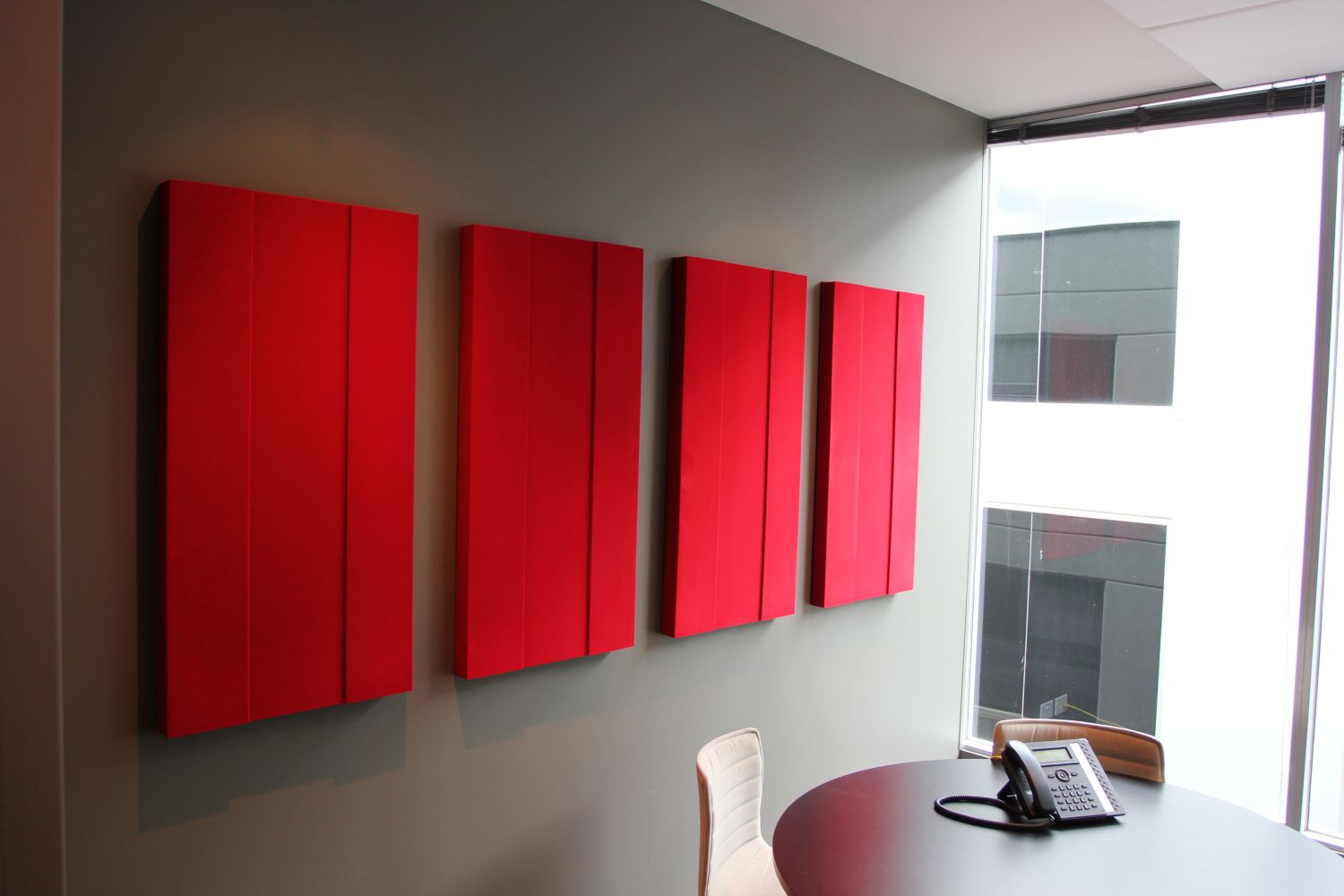
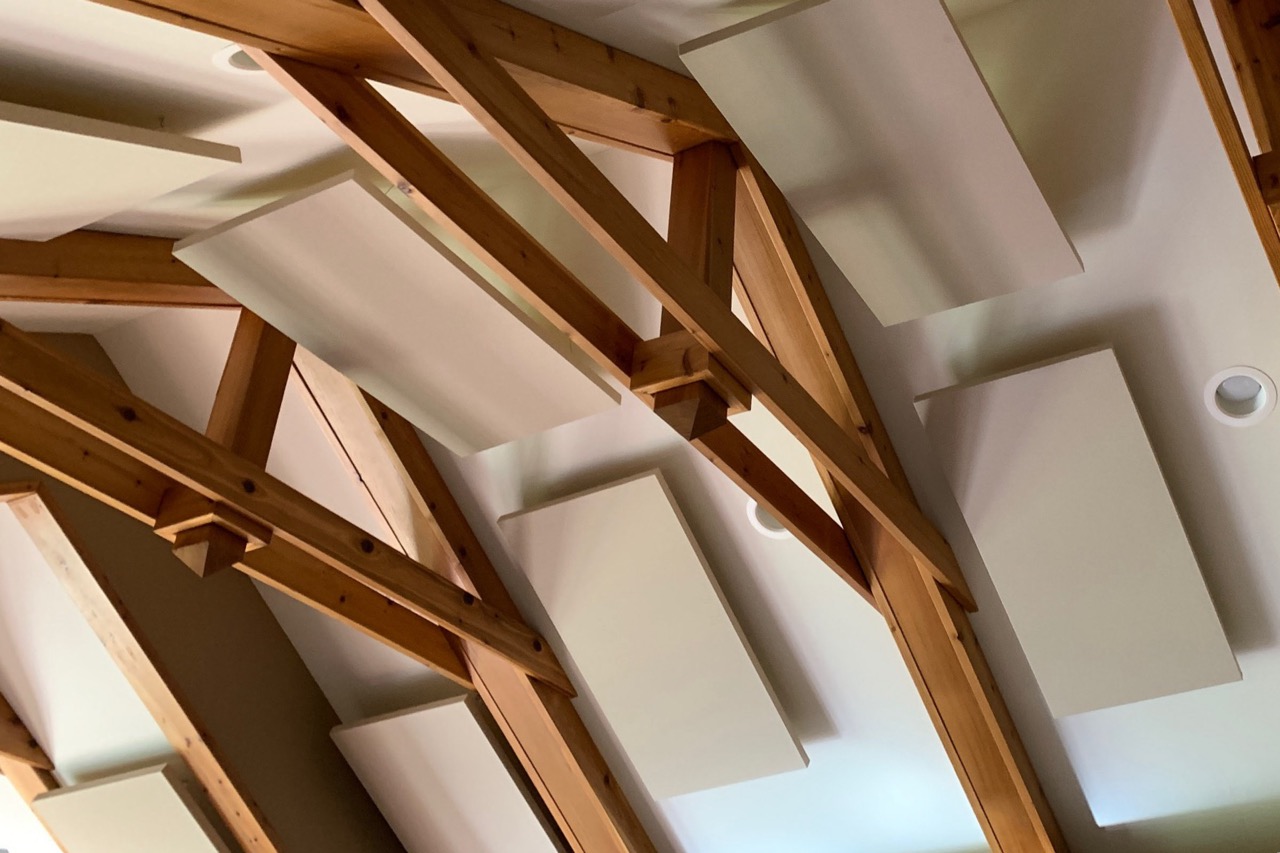
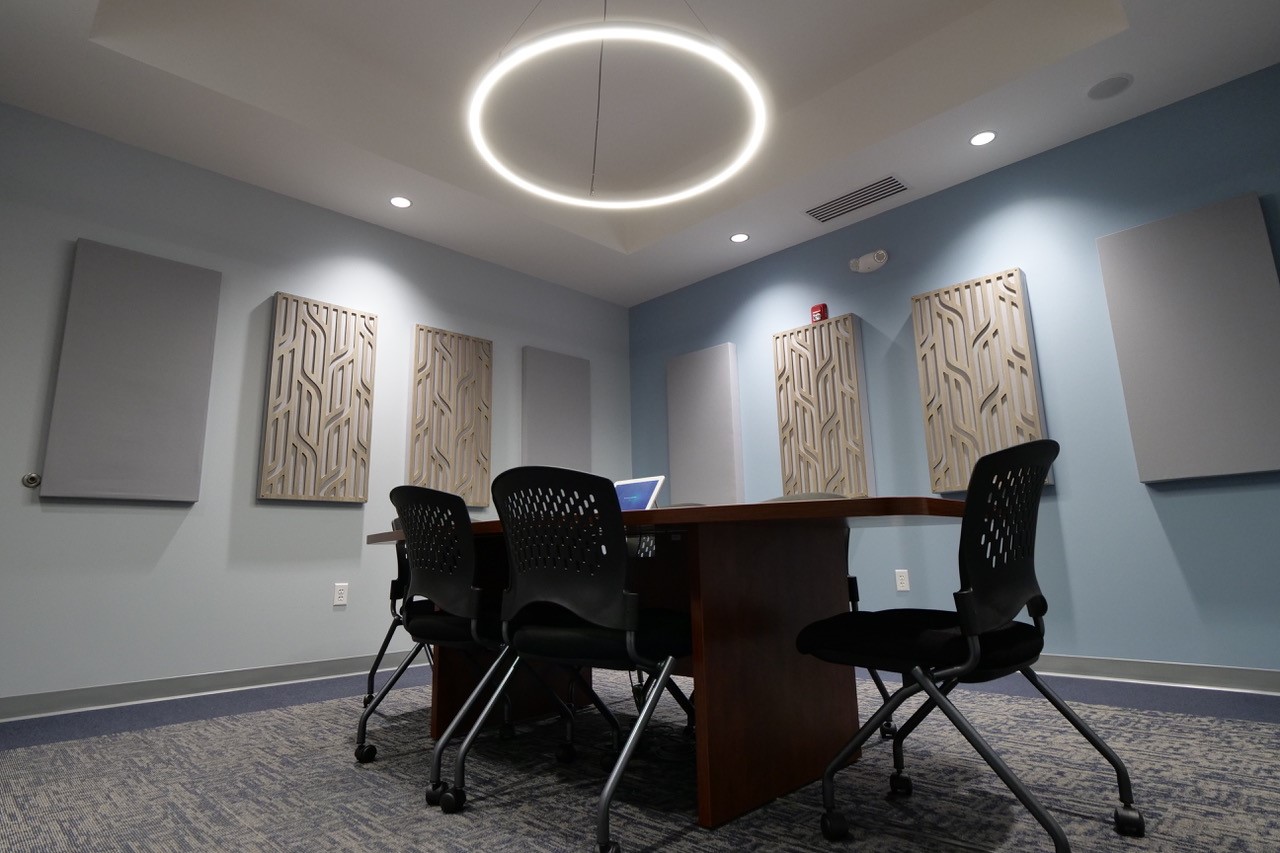
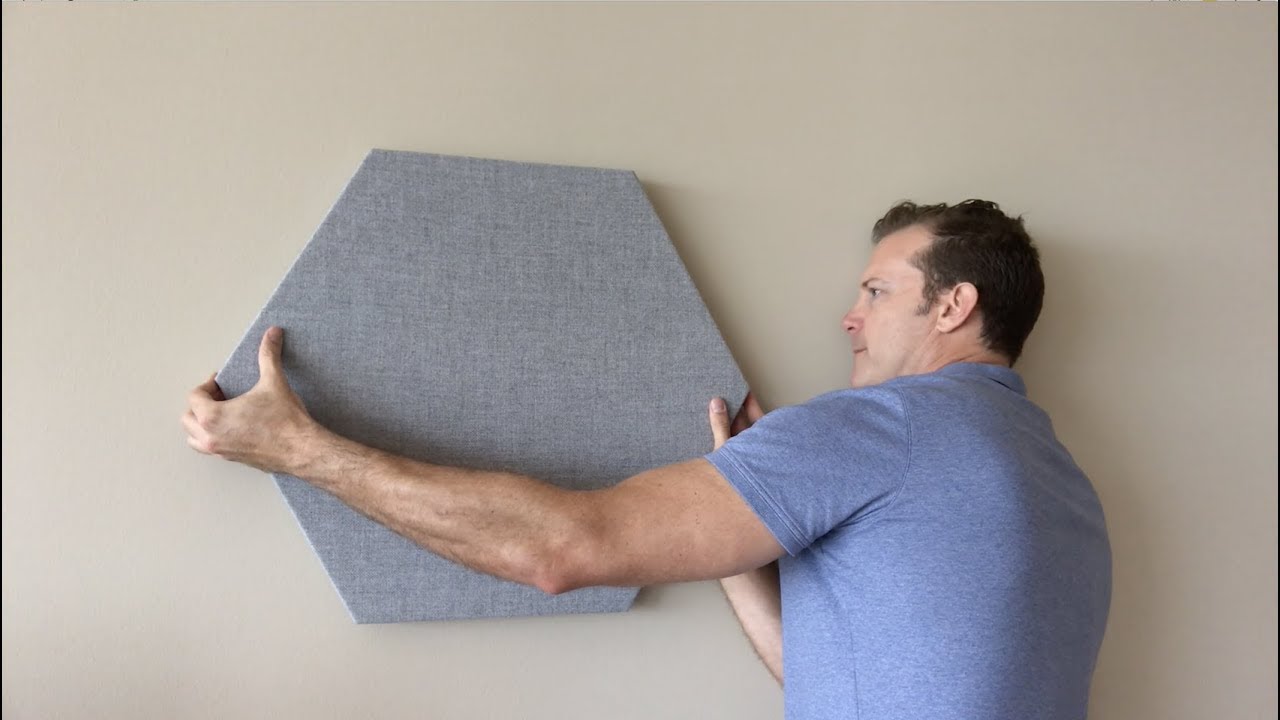
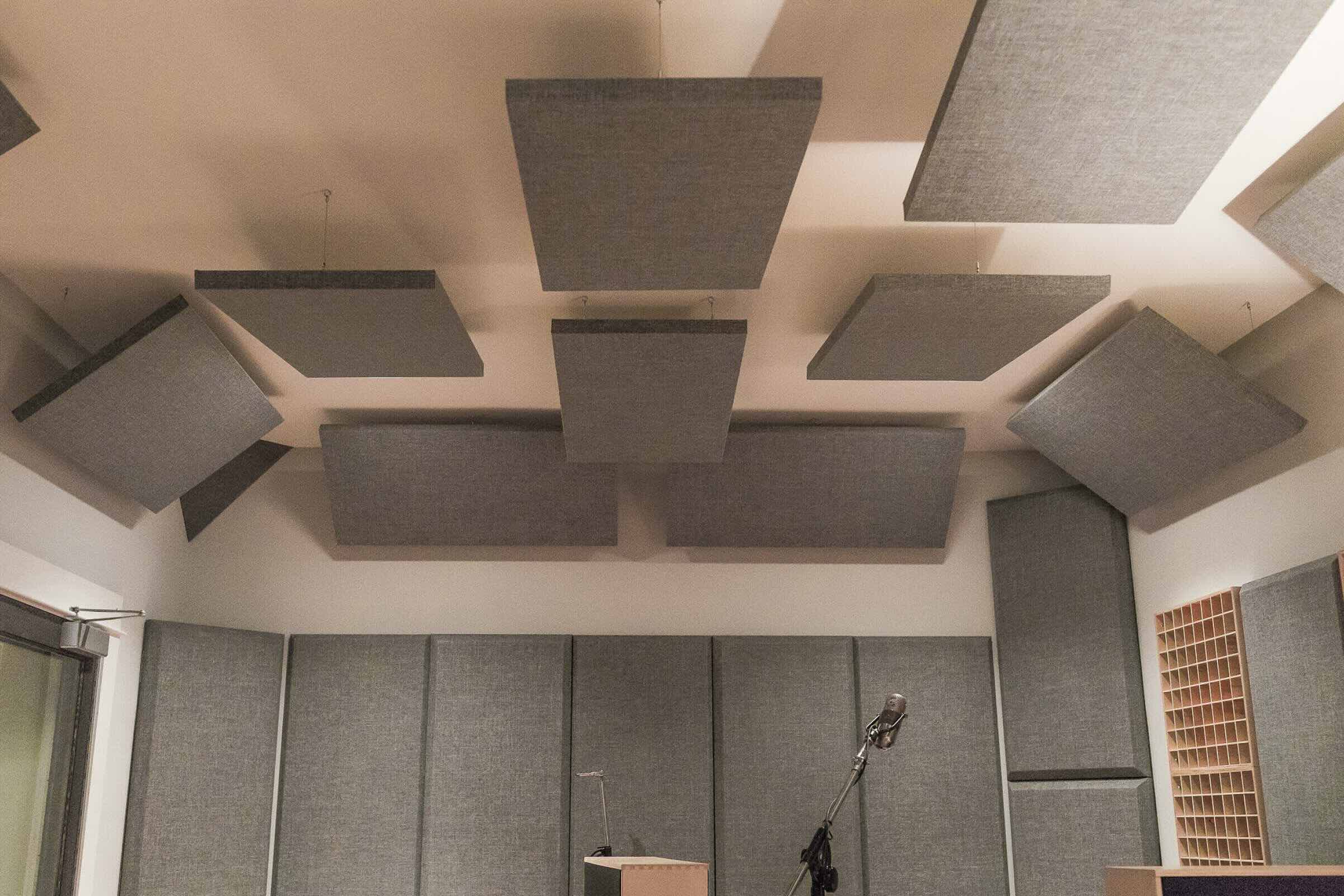
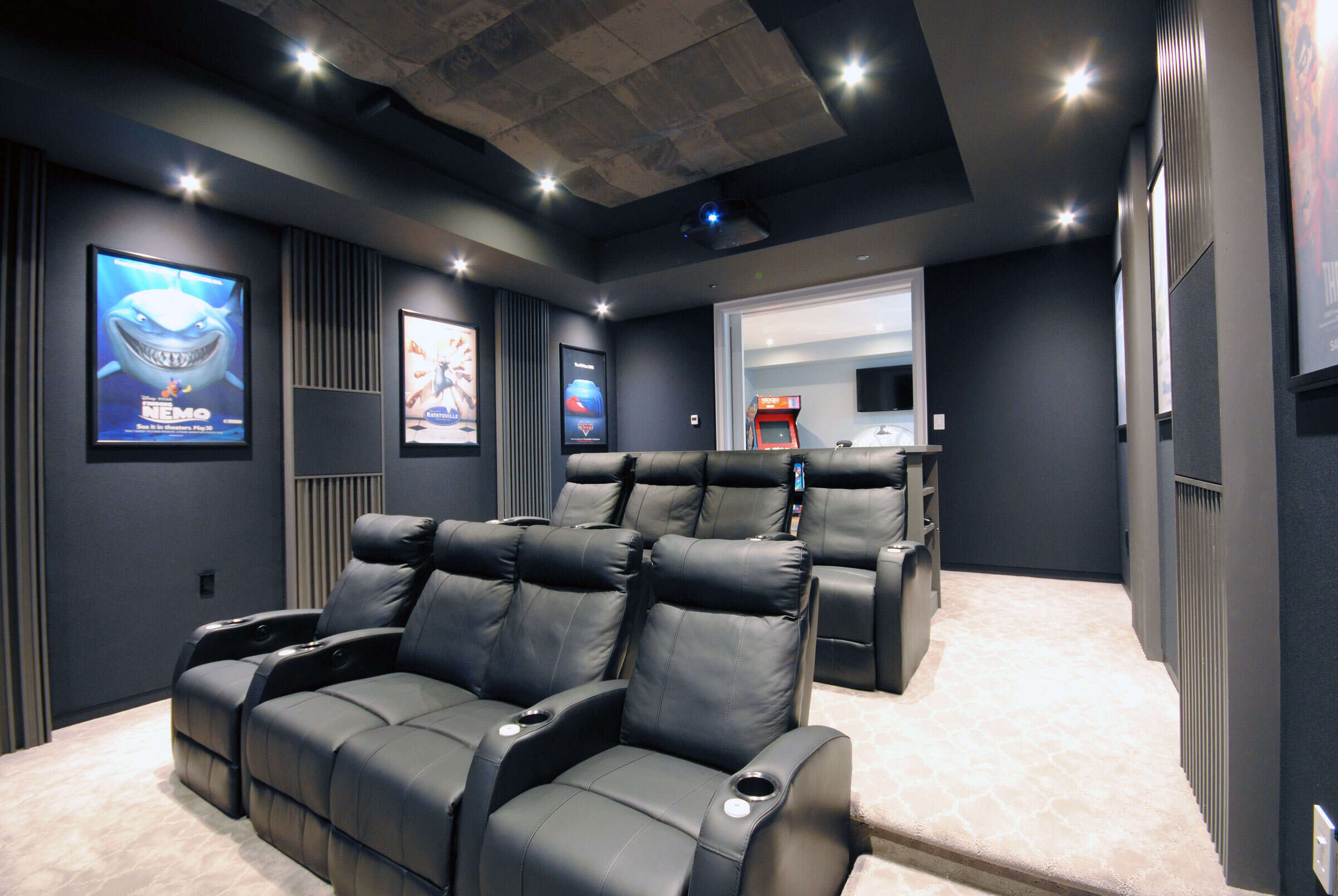
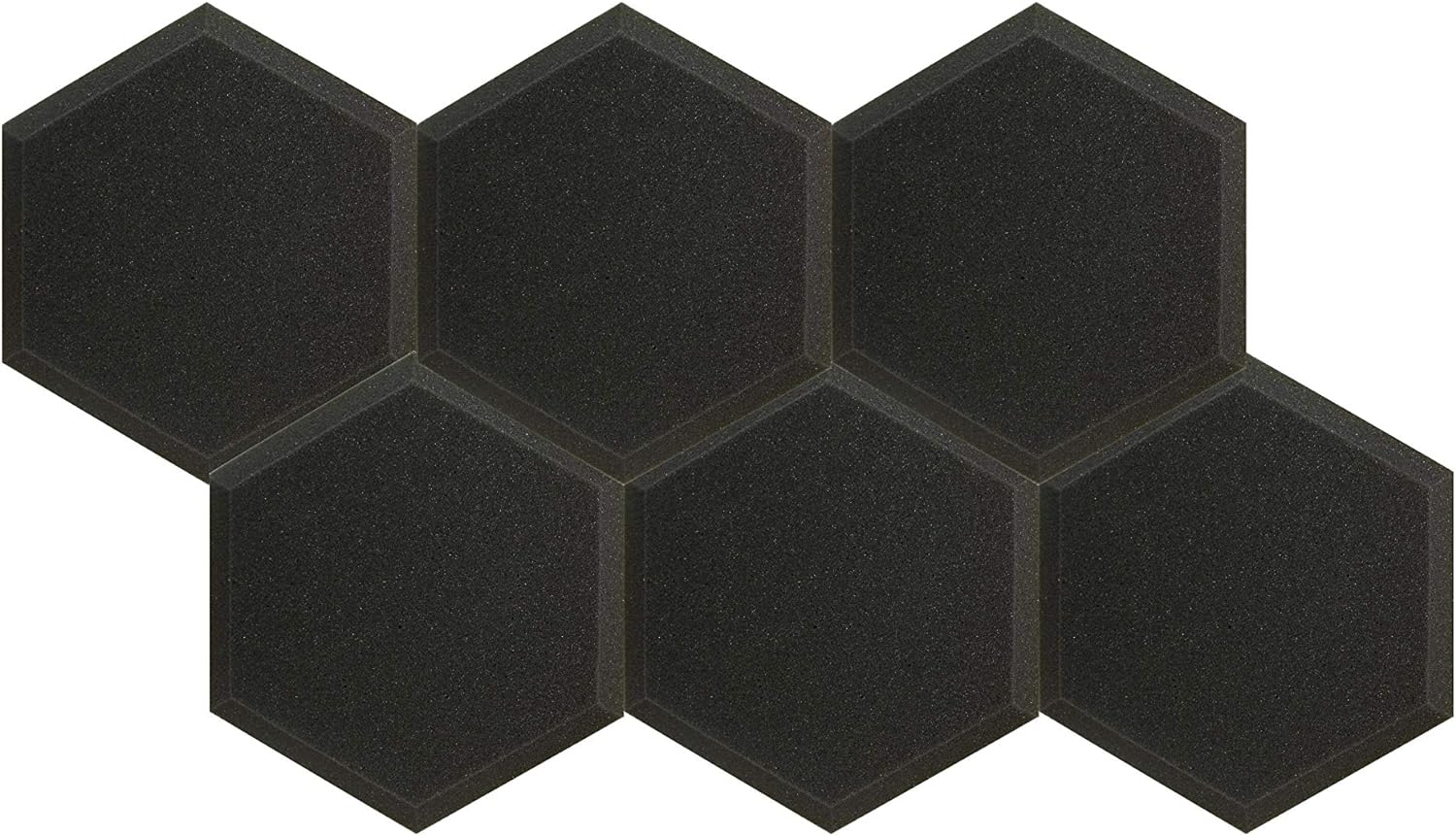

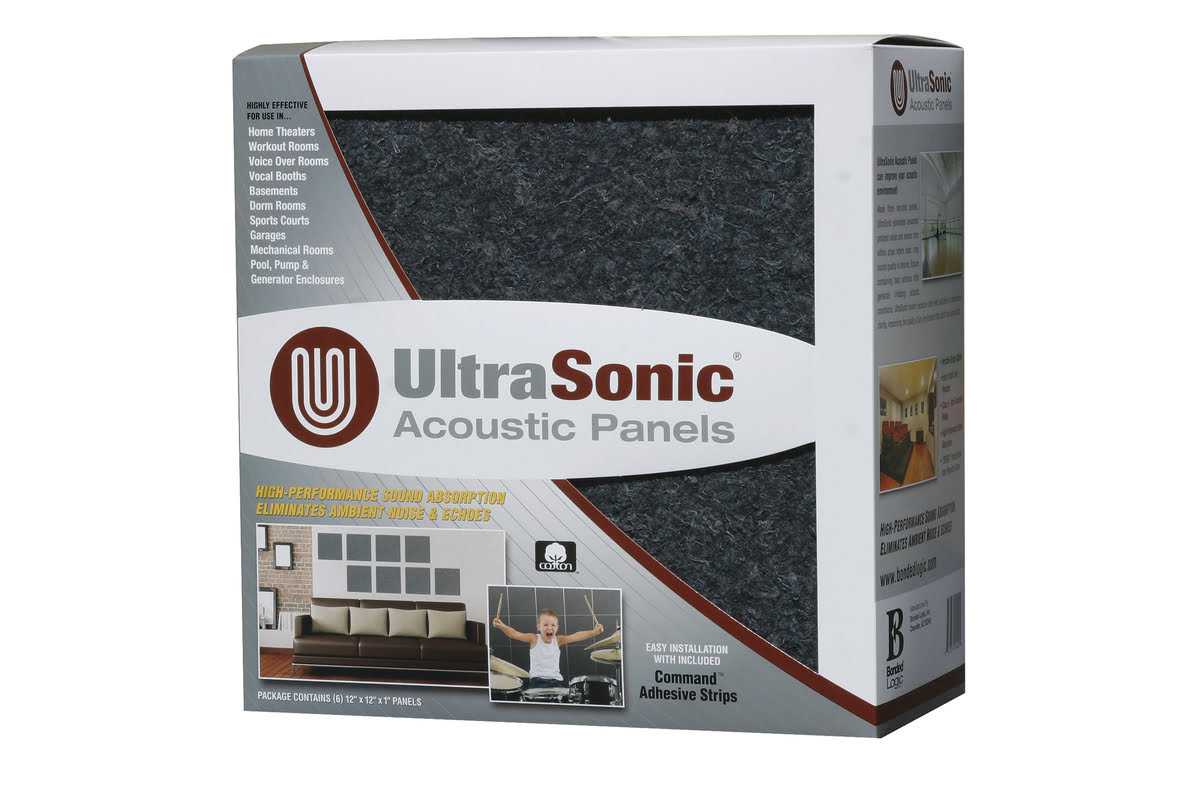
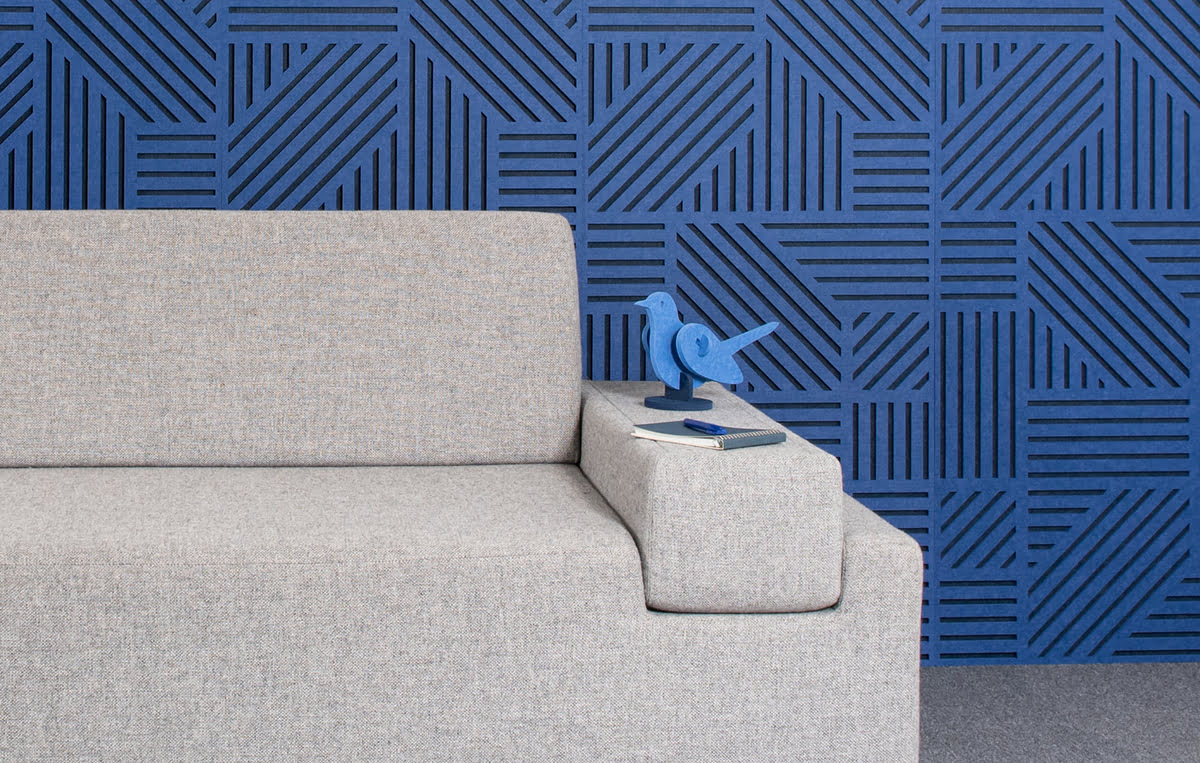

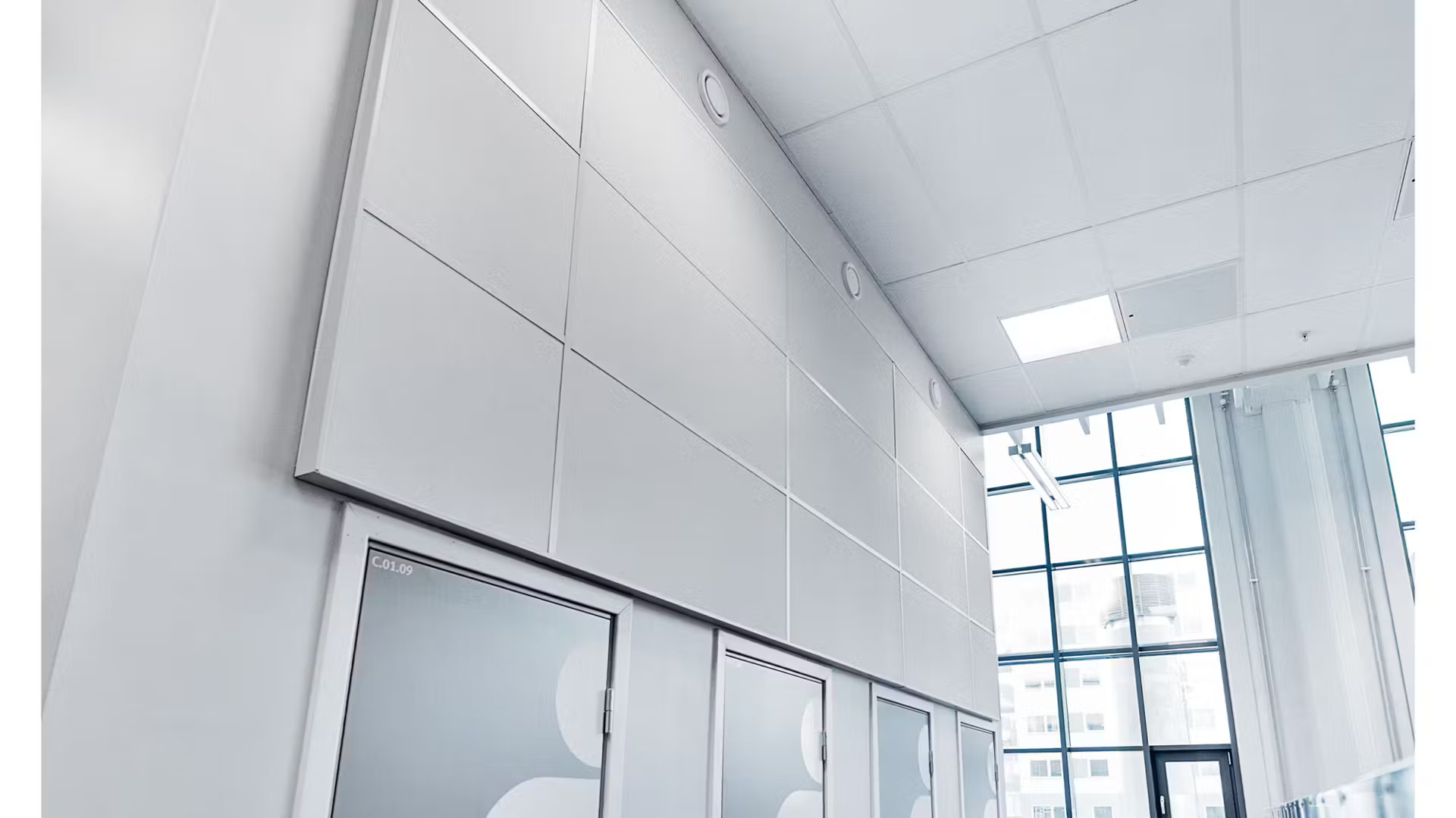
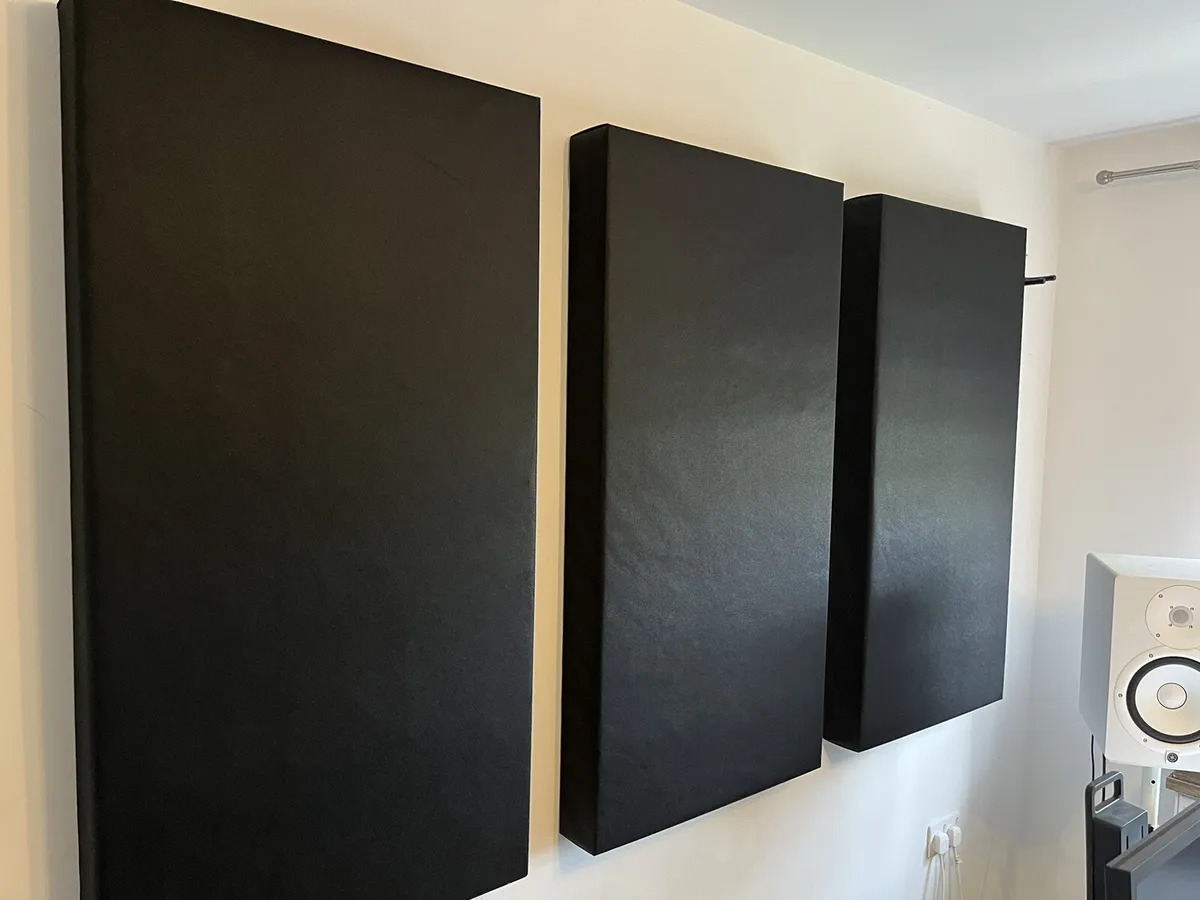

0 thoughts on “What Are Acoustic Panels”